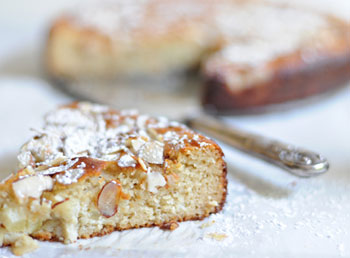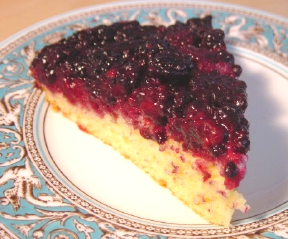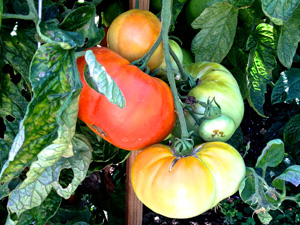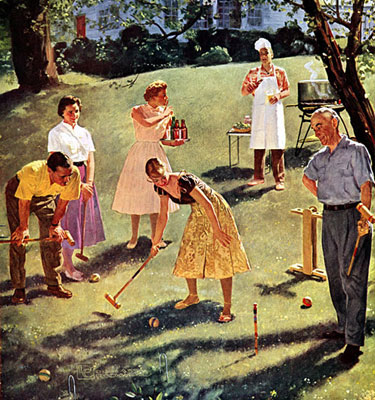 Slowly, we are all starting to lead a gluten free life. Finding snacks and savories, without gluten is a conscious effort. And, it’s really not that hard. Gluten free pretzels dipped in homemade nutella is one of Levi’s favorites and cut up fruit is now always on the table. I am fortunate to live in sunny California where my local farmer’s markets are filled with ripe melons, crispy apples, and everything else that is in season.
Slowly, we are all starting to lead a gluten free life. Finding snacks and savories, without gluten is a conscious effort. And, it’s really not that hard. Gluten free pretzels dipped in homemade nutella is one of Levi’s favorites and cut up fruit is now always on the table. I am fortunate to live in sunny California where my local farmer’s markets are filled with ripe melons, crispy apples, and everything else that is in season.
With unexpected guests joining us for dinner, I needed a quick dessert. And using stuff in my pantry and fridge was my only option. A while back, I had bookmarked Anja’s recipe for her Apple Lemon Honey Cake. I had apples, I had lemons, and I had a brand new jar of raw honey. Perfect. Best of all, I didn’t have to drag out my Kitchen Aid Mixer to make it. Even more perfect!
This cake feels dense but it isn’t. Is light, not too sweet, and delicious all on it’s own or with a scoop of ice cream on the side.

 Well it certainly seems that Molly Stevens
Well it certainly seems that Molly Stevens  When a wine is described as "jammy" I always think of blackberries. Rich, ripe, fruity flavors so intense they almost taste more cooked than fresh. Blackberries, when fully ripe and sweet, not sour, taste like jam to me. Jammy also means "lucky" according to an Australian English dictionary I recently consulted. I think one slice of this cake will make you feel very lucky indeed! I certainly feel lucky to have gotten the berries from my friend Alton who brought them back from his mountain cabin hideaway, Shadow Woods.
When a wine is described as "jammy" I always think of blackberries. Rich, ripe, fruity flavors so intense they almost taste more cooked than fresh. Blackberries, when fully ripe and sweet, not sour, taste like jam to me. Jammy also means "lucky" according to an Australian English dictionary I recently consulted. I think one slice of this cake will make you feel very lucky indeed! I certainly feel lucky to have gotten the berries from my friend Alton who brought them back from his mountain cabin hideaway, Shadow Woods. Summertime is the best of times and the worst of times.
Summertime is the best of times and the worst of times. I love beans. There I said it. I mean, don't you love them too? Beans can stretch any meal far beyond the usual menu ideas. There are countless sauces and toppings that can be incorporated with beans and served over rice and pasta. Let's not mention the affordability of this very fine staple.
I love beans. There I said it. I mean, don't you love them too? Beans can stretch any meal far beyond the usual menu ideas. There are countless sauces and toppings that can be incorporated with beans and served over rice and pasta. Let's not mention the affordability of this very fine staple.
